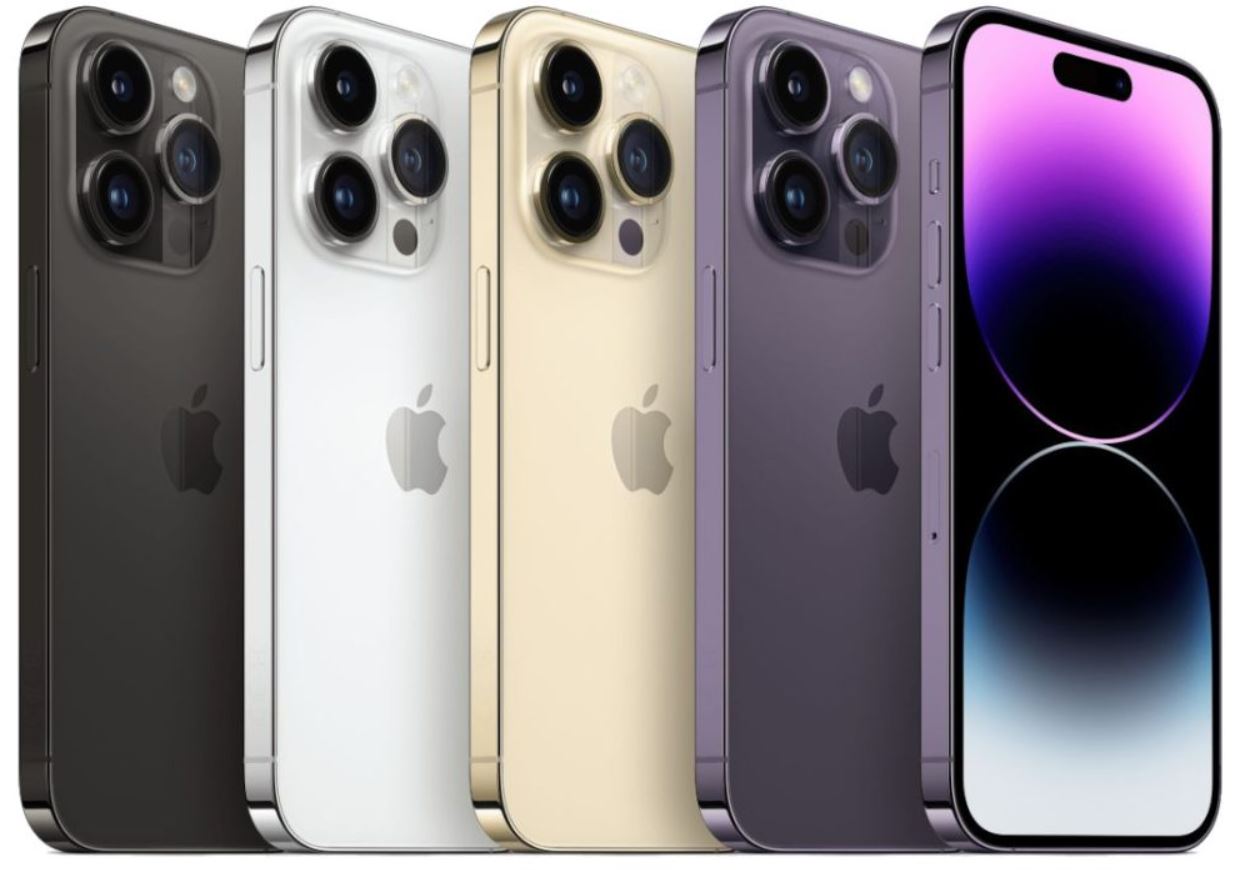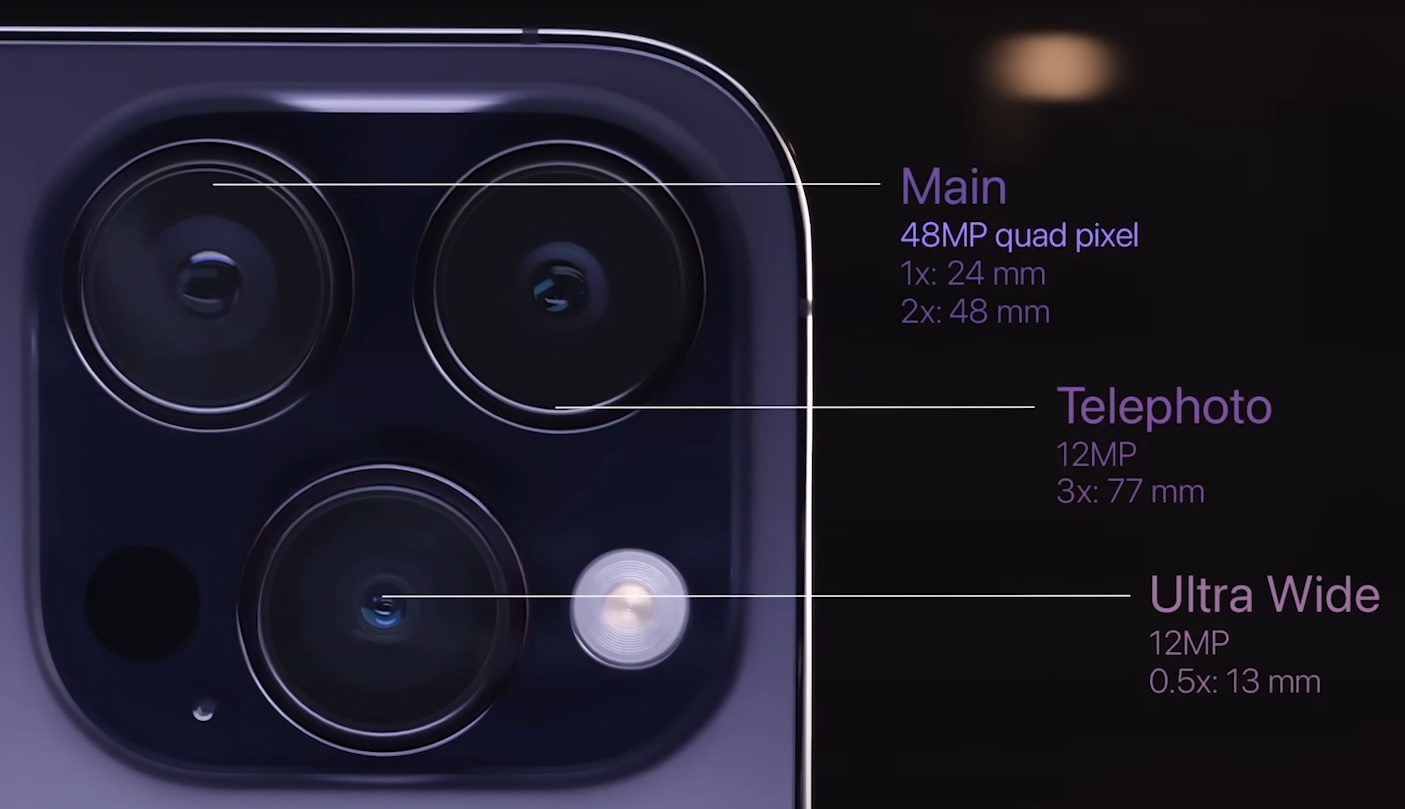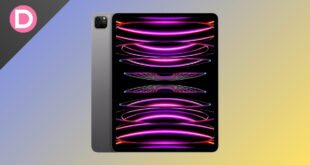Finding the best one can be a struggle between Apple’s iPhones and Google’s Pixel. It’s a tough choice between Google Pixel 7 Pro and Apple iPhone 14 Pro Max. These are two of the best smartphones in the market right now. But how do they stack up against each other? If you’re looking for the answer to this question, read along for some helpful information about these two devices— Pixel 7 Pro vs iPhone 14 Pro Max.
Google Pixel 7 Pro Overview
The Google Pixel 7 Pro is Google’s best attempt at making a smartphone. It has a large and beautiful OLED display, a new camera system that takes excellent photos and videos, the Google Tensor G2 chip, 12GB of RAM, and the latest Android 13. The Pixel 7 Pro also brings a lot of new things to the table. In short, it is a powerful smartphone with a great user experience.
iPhone 14 Pro Max Overview
The iPhone 14 Pro Max is the latest and greatest from Apple. It is powered by the super-fast A16 Bionic chip, has the brightest display on any smartphone, the best battery life on any iPhone, a new 48MP primary camera, and the interactive Dynamic Island. The iPhone 14 Pro Max has unique features, such as the new Crash Detection feature and SOS via Satellite. Overall, it is one of the best flagship smartphones ever.
So which one to choose? Let’s find out with this head-to-head comparison.
Google Pixel 7 Pro vs iPhone 14 Pro Max: Full Comparison
- 6.7-inch OLED vs 6.7-inch OLED screen with LTPO technology.
- Fingerprint scanner and Face Unlock vs Face ID.
- Punch Hole vs Dynamic Island
- Google Tensor G2 vs A16 Bionic.
- 23W vs 27W fast-charging.
- Google Pixel 7 Pro can take better photos.
- iPhone 14 Pro Max has better video.
- iPhone 14 Pro Max has a longer-lasting battery.
- Android 13 vs iOS 16.
- $899 vs $1099.
Design
The Pixel 7 Pro has a sleek and stylish design. It has an aluminum unibody construction and Gorilla Glass Victus protection on the front and the back. The Pixel 7 Pro is also IP68-rated. One notable change about the Pixel 7 Pro is that the camera bar on the rear now matches the color of the chassis. The Pixel 7 Pro is available in three colors: Hazel, Obsidian, and Snow.
The iPhone 14 Pro Max has a premium and hefty design. It has a glass back, and the phone is enclosed in a stainless steel frame. The iPhone is also IP68 water and dust-resistant. While the back of the iPhone 14 Pro Max looks the same as its predecessor, the front now has the interactive new Dynamic Island notch. The iPhone 14 Pro Max is available in four colors: Deep Purple, Gold, Silver, and Space Black.
Display
The Pixel 7 Pro has a 6.7-inch Quad HD+ OLED 120Hz display with LTPO technology (10-120Hz) and 1500 nits of peak brightness when playing HDR content. The display is also slightly curved towards the edges, resulting in a much better grip when holding the phone. The display also has a less intrusive single punch hole for the selfie camera. Always-on display support is also there on the Pixel 7 Pro.
The iPhone 14 Pro Max also has a 6.7-inch flat display with a 120Hz refresh rate. The display has a resolution of 1290p and can reach a peak brightness of 2000 nits outdoors. For a frame of reference, the Pixel 7 Pro can only reach a peak brightness of 1000 nits when playing non-HDR content (outdoors). Moreover, the LTPO technology on the iPhone is better since it can refresh from 1-120Hz as opposed to the 10-120Hz on the Pixel.
Biometrics
The Pixel 7 Pro allows users to choose from two types of biometrics for authentication. It has an under-display fingerprint scanner and Face Unlock, which is enabled by the new front camera. Google claims that the front camera maps the user’s face, much like the dedicated Face ID sensor on the iPhone. It is more secure than the standard picture-based Face Unlock used by Samsung and other OEMs. Coming to the iPhone 14 Pro Max uses Face ID for biometric authentication.
Performance and Benchmarks
The new Google Tensor G2 chip powers the Pixel 7 Pro. The new Tensor G2 chip matches the performance of the Exynos 2100 on the Samsung Galaxy S22 Ultra. The Tensor chip focuses more on Machine Learning (ML) than performance.
On the other hand, the iPhone 14 Pro Max is powered by the Apple A16 Bionic. The A16 Bionic annihilates the Tensor G2 when it comes to raw performance. However, the difference between the two is not about raw performance. Both smartphones perform pretty well in day-to-day use. However, the A16 Bionic is more power-efficient and delivers better graphical performance.
Regarding the Geekbench benchmark test, the Google Pixel 7 Pro scored 1068 and 3149 in single-core and multi-core performance, respectively. The iPhone 14 Pro Max scored significantly higher, with 1884 and 5491 in the single-core and multi-core performance tests, respectively. Geekbench tests the CPU performance, and we can see that the iPhone is significantly ahead of the Pixel.
As per PhoneArena, On 3DMark Extreme (High), the Pixel 7 Pro again falls short with a score of 1836 against the 3382 on the iPhone 14 Pro Max. Similarly, on 3DMark Extreme (Low), the Pixel 7 Pro scores 1292 while the iPhone 14 Pro Max scores 2327. 3DMark Extreme is a GPU testing benchmark, and we can see that the iPhone 14 Pro Max performs exceptionally better here.
RAM and Storage
The Pixel 7 Pro has 12GB RAM across all of its storage variants. On the other hand, the iPhone 14 Pro Max still uses 6GB of RAM. Even though the RAM difference is huge, both smartphones perform equally well in multitasking. As for the storage, the Pixel 7 Pro comes in three storage variants— 128GB, 256GB, and 512GB. The iPhone 14 Pro Max comes in 128GB, 256GB, 512GB, and 1TB storage variants. Neither supports a microSD card, so keep that in mind when choosing the storage variant.
Software
The Pixel 7 Pro runs Android 13 out of the box. Google has promised three years of major OS updates and five years of security updates for the Pixel 7 Pro. The iPhone 14 Pro Max will likely receive 5 to 6 years of iOS updates. So, if you want a phone to use for a long time, picking either one should not be a problem. As for the operating system, that’s up to your preference.
Cameras
The Pixel 7 Pro features a new and improved camera system. The primary rear camera is now a 50MP sensor with OIS. Plus, there is also a 12MP ultra-wide camera on the rear. The Pixel 7 Pro also has a 48MP 5X telephoto camera that is very sharp. It has a few extra features, like “Unblur” and 30X sharp digital zoom.
The front-facing camera has also been upgraded to a 10.8MP sensor that supports Face Unlock. The Pixel also has a background blur feature for the video, which is capped at 1080p. Night mode and 4K 60FPS are available on all the cameras.
The iPhone 14 Pro Max has a 48MP primary camera that shoots excellent photos and videos. There is also a 12MP ultra-wide sensor and a 3X telephoto lens. The video of the iPhone 14 Pro Max is unmatched. The zoom maxes out at 15X. It has a few additional features, such as 48MP ProRAW, Cinematic Mode in 4K, and Action Mode at 2.8K. The 12MP front-facing camera now has autofocus. Night mode and 4K 60FPS are available on all the cameras.
Battery and Charging
The Pixel 7 Pro has a large 5000mAh battery with support for 23W wired charging using the Google 30W adapter. Plus, it supports wireless charging at 23W using the Google Pixel Stand. A Qi Wireless charger can only go up to 12W. The battery life on the Pixel 7 Pro has been good so far. It takes about 1.5 to 2 hours to fully charge the Pixel 7 Pro using the Google 30W adapter.
On the other hand, the iPhone 14 Pro Max has a 4,323mAh battery with support for 27W fast wired charging. The iPhone also supports MagSafe, which can charge the phone magnetically at 15W. It also supports 7.5W Qi Wireless charging. It takes about 2 hours to fully charge the iPhone 14 Pro Max using a 30W adapter.
Summary
The Pixel 7 Pro has a better camera for photos, better zoom, a larger battery size, more RAM, a fingerprint scanner, 30X Zoom, better HDR in photos, and an overall pleasing and more comfortable design. The Pixel 7 Pro also has a feature similar to Crash Detection. At the same time, the performance isn’t comparable to the iPhone 14 Pro Max.
The iPhone 14 Pro Max has better performance, a better display, more extended software support, better video, a more secure Face ID, and longer battery life. It also has features like Satellite Connectivity, Dynamic Island, and Crash Detection.
Which One Is Better For You?
There you have our comparison of the Google Pixel 7 Pro, the new flagship smartphone from the tech giant, and the iPhone 14 Pro Max, the all-new flagship smartphone from Apple. These devices are excellent choices for those who want to switch to a new mobile phone, but which one is better for you? In truth, it depends on your device’s needs.
These phones offer a compelling user experience, depending on your preferences. If you’re using an iPhone for your daily use, switching to the Google Pixel 7 Pro may not be ideal, given it lacks proprietary Apple apps and doesn’t seamlessly connect with other Apple devices. However, if you are a longstanding Android user looking for a powerful new phone with great software, the Google Pixel 7 Pro is the best option.


